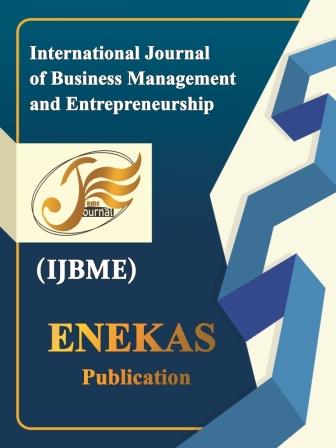Holographic Financial Presentations: Perceptual and Ethical Impacts of Presenting Accounting Information in 3D Environments
Main Article Content
Abstract
This study investigates the cognitive, perceptual, and ethical implications of using holographic and 3D visualizations to present financial and accounting information. Through a mixed-methods approach—comprising controlled experiments, quantitative surveys, and qualitative interviews—120 participants from diverse financial backgrounds interacted with financial data across three formats: traditional 2D, augmented reality (AR), and fully immersive holographic projections. Results revealed that the holographic format significantly enhanced users' accuracy, engagement, and comprehension while reducing cognitive load compared to 2D and AR formats. However, it also raised concerns regarding visual manipulation and ethical transparency. Participants rated holographic presentations as both more trustworthy and more potentially misleading, highlighting a paradox in the perception of immersive financial information.The study introduces the concept of visual financial ethics and emphasizes the need for updated accounting standards, regulatory frameworks, and design guidelines to ensure the responsible implementation of immersive technologies in financial communication. These findings have critical implications for corporate reporting, auditing practices, investor relations, and financial education.
Article Details

This work is licensed under a Creative Commons Attribution 4.0 International License.

